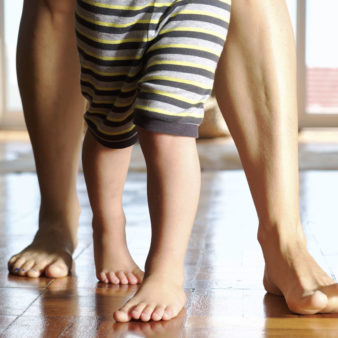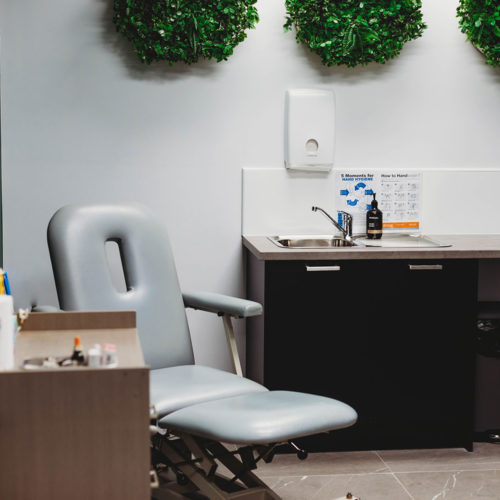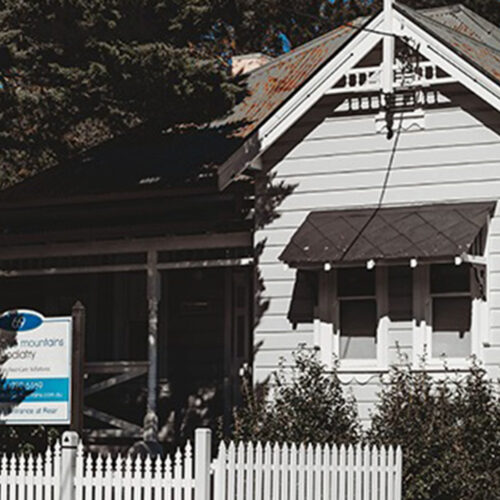Winter and Chilblains
With winter well and truly upon us, we need to keep an eye out on our feet. Gone are the days of hot weather and cracked heels, but we are starting to see an increase in a lesser-known issue called chilblains.
Chilblains (or pernio) are patches of red, swollen and itchy skin. They occur as an inflammatory reaction of small blood vessels due to exposure to cold temperatures.
Chilblains most commonly occur at peripheral areas of the body such as toes, fingers, ears and nose. Women, the elderly and people who have a sedentary lifestyle are more at risk of developing chilblains, as are those who have peripheral vascular disease or low body weight. Due to its association with cool temperatures, chilblains are typically seasonal, however, some individuals suffer from a more chronic form of the condition and can develop them year-round.
Treatment of chilblains involves trying to keep the affected areas warm in order to reduce the inflammatory reaction to the cold. For your feet this means avoiding going barefoot and protecting your feet with warm socks and footwear. Topical creams that work by dilating small blood vessels may also be of assistance as are ointments like lanolin as it helps the body to maintain heat in the areas in which it is applied. It is important to pay close attention to your feet when you have chilblains as the skin can sometimes break down which puts you at risk of infection.
A positive thing to consider is that as the weather warms back up in a few months’ time you will find that they will likely resolve on their own accord. In the meantime, be sure to keep your feet warm!











